Divyam Anshumaan
Pr$εε$mpt: Sanitizing Sensitive Prompts for LLMs
Apr 07, 2025Abstract:The rise of large language models (LLMs) has introduced new privacy challenges, particularly during inference where sensitive information in prompts may be exposed to proprietary LLM APIs. In this paper, we address the problem of formally protecting the sensitive information contained in a prompt while maintaining response quality. To this end, first, we introduce a cryptographically inspired notion of a prompt sanitizer which transforms an input prompt to protect its sensitive tokens. Second, we propose Pr$\epsilon\epsilon$mpt, a novel system that implements a prompt sanitizer. Pr$\epsilon\epsilon$mpt categorizes sensitive tokens into two types: (1) those where the LLM's response depends solely on the format (such as SSNs, credit card numbers), for which we use format-preserving encryption (FPE); and (2) those where the response depends on specific values, (such as age, salary) for which we apply metric differential privacy (mDP). Our evaluation demonstrates that Pr$\epsilon\epsilon$mpt is a practical method to achieve meaningful privacy guarantees, while maintaining high utility compared to unsanitized prompts, and outperforming prior methods
Functional Homotopy: Smoothing Discrete Optimization via Continuous Parameters for LLM Jailbreak Attacks
Oct 05, 2024

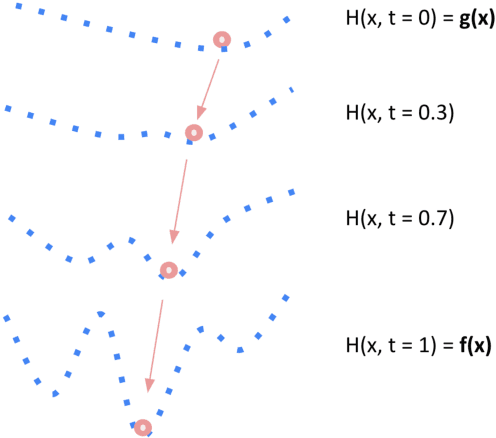

Abstract:Optimization methods are widely employed in deep learning to identify and mitigate undesired model responses. While gradient-based techniques have proven effective for image models, their application to language models is hindered by the discrete nature of the input space. This study introduces a novel optimization approach, termed the \emph{functional homotopy} method, which leverages the functional duality between model training and input generation. By constructing a series of easy-to-hard optimization problems, we iteratively solve these problems using principles derived from established homotopy methods. We apply this approach to jailbreak attack synthesis for large language models (LLMs), achieving a $20\%-30\%$ improvement in success rate over existing methods in circumventing established safe open-source models such as Llama-2 and Llama-3.
Simulating Network Paths with Recurrent Buffering Units
Feb 23, 2022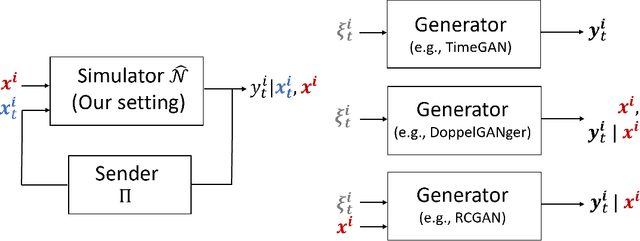
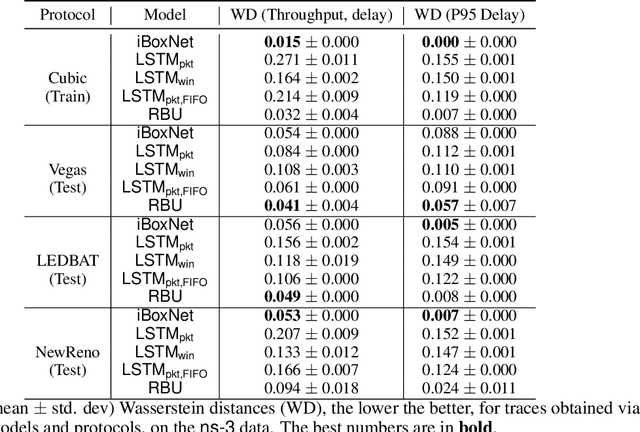

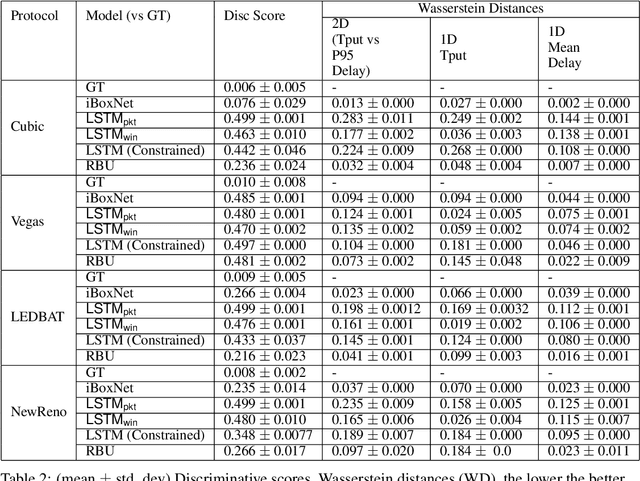
Abstract:Simulating physical network paths (e.g., Internet) is a cornerstone research problem in the emerging sub-field of AI-for-networking. We seek a model that generates end-to-end packet delay values in response to the time-varying load offered by a sender, which is typically a function of the previously output delays. We formulate an ML problem at the intersection of dynamical systems, sequential decision making, and time-series generative modeling. We propose a novel grey-box approach to network simulation that embeds the semantics of physical network path in a new RNN-style architecture called Recurrent Buffering Unit, providing the interpretability of standard network simulator tools, the power of neural models, the efficiency of SGD-based techniques for learning, and yielding promising results on synthetic and real-world network traces.
WaveTransform: Crafting Adversarial Examples via Input Decomposition
Oct 29, 2020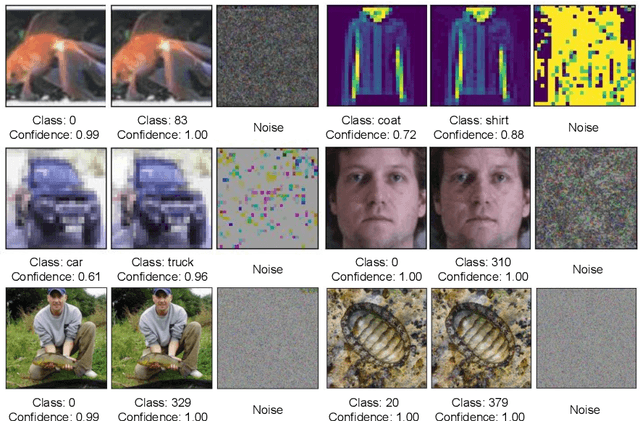
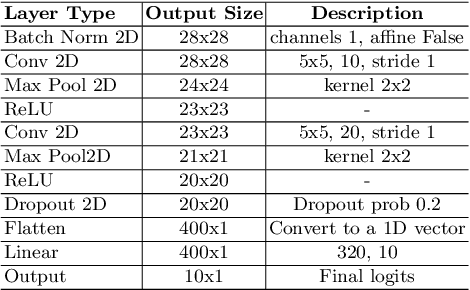
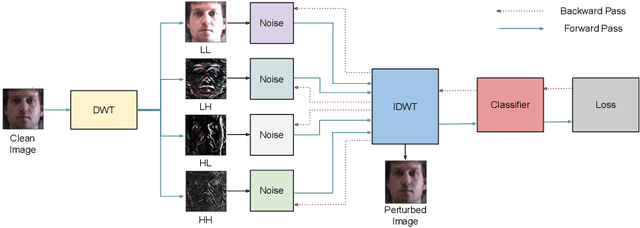

Abstract:Frequency spectrum has played a significant role in learning unique and discriminating features for object recognition. Both low and high frequency information present in images have been extracted and learnt by a host of representation learning techniques, including deep learning. Inspired by this observation, we introduce a novel class of adversarial attacks, namely `WaveTransform', that creates adversarial noise corresponding to low-frequency and high-frequency subbands, separately (or in combination). The frequency subbands are analyzed using wavelet decomposition; the subbands are corrupted and then used to construct an adversarial example. Experiments are performed using multiple databases and CNN models to establish the effectiveness of the proposed WaveTransform attack and analyze the importance of a particular frequency component. The robustness of the proposed attack is also evaluated through its transferability and resiliency against a recent adversarial defense algorithm. Experiments show that the proposed attack is effective against the defense algorithm and is also transferable across CNNs.
 Add to Chrome
Add to Chrome Add to Firefox
Add to Firefox Add to Edge
Add to Edge